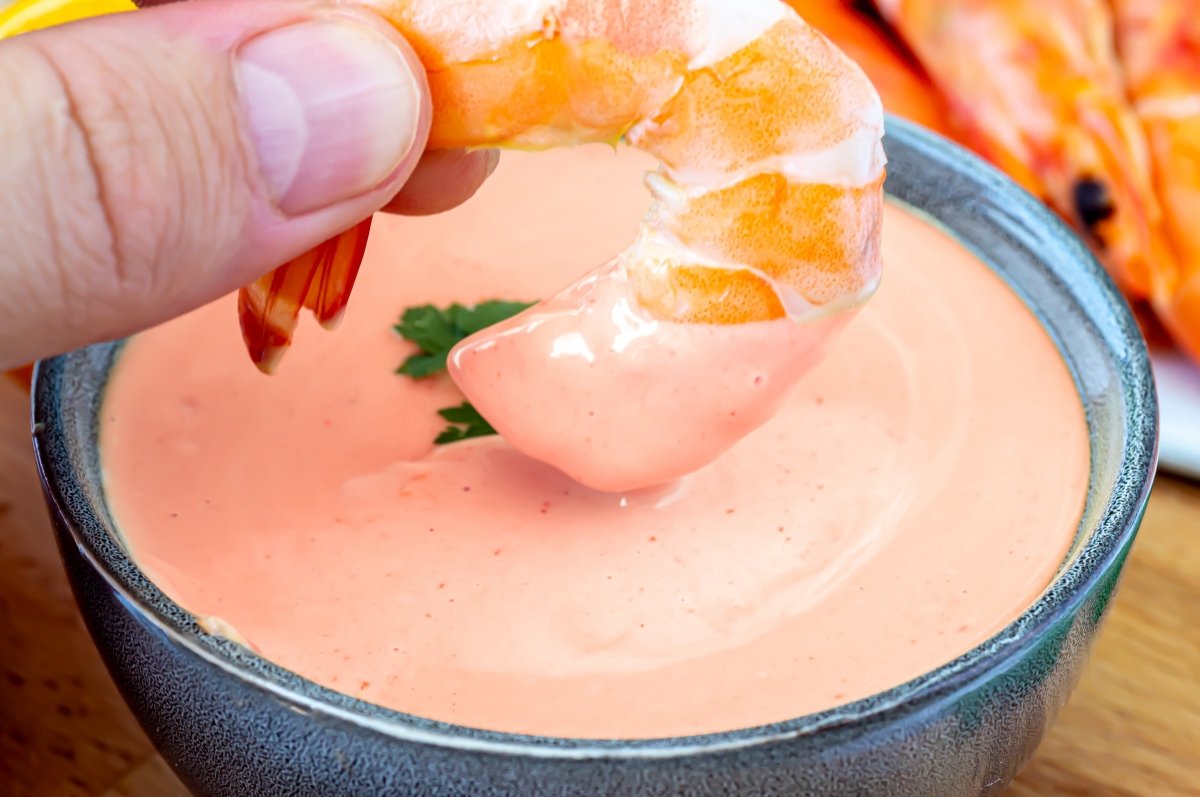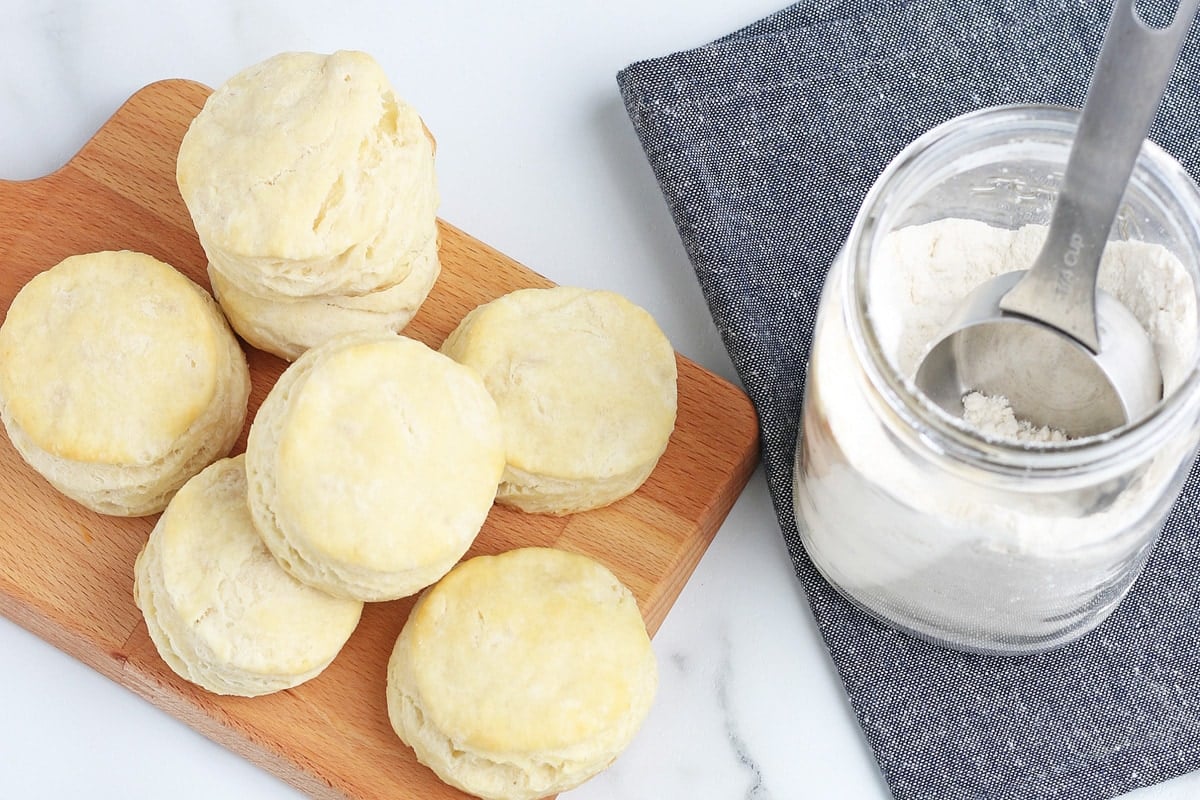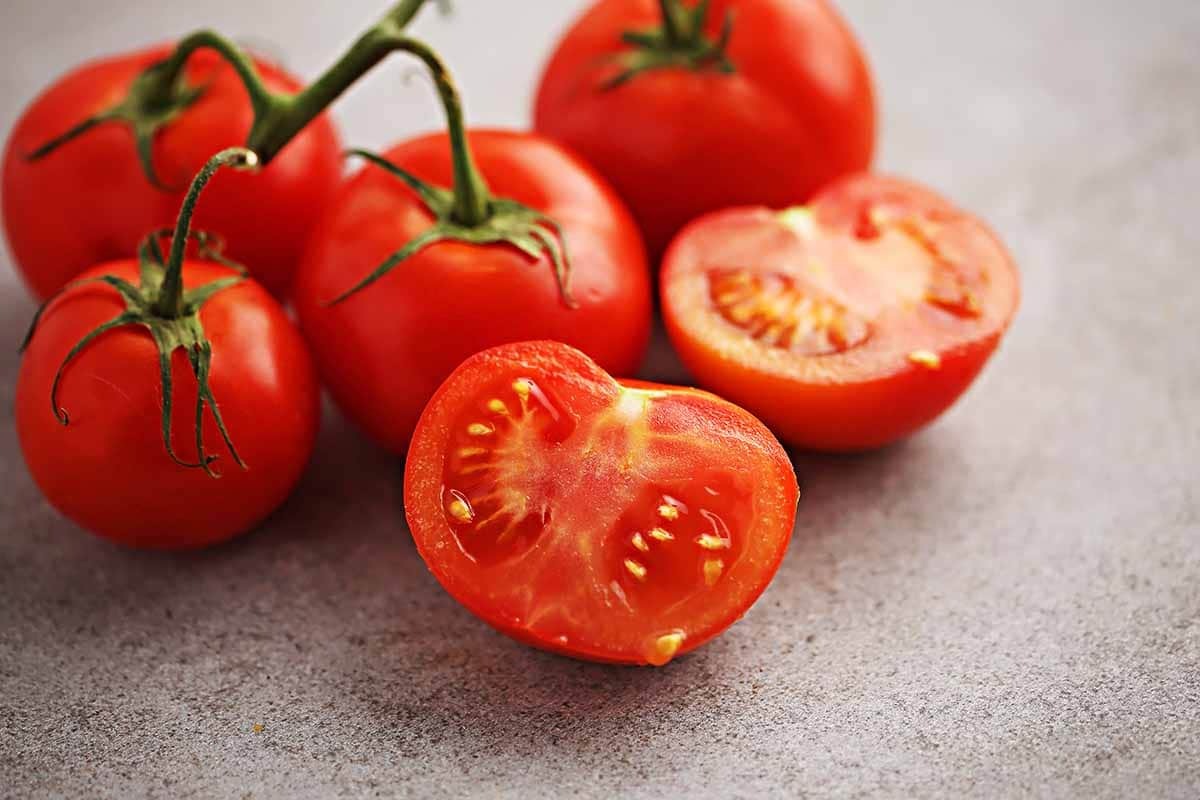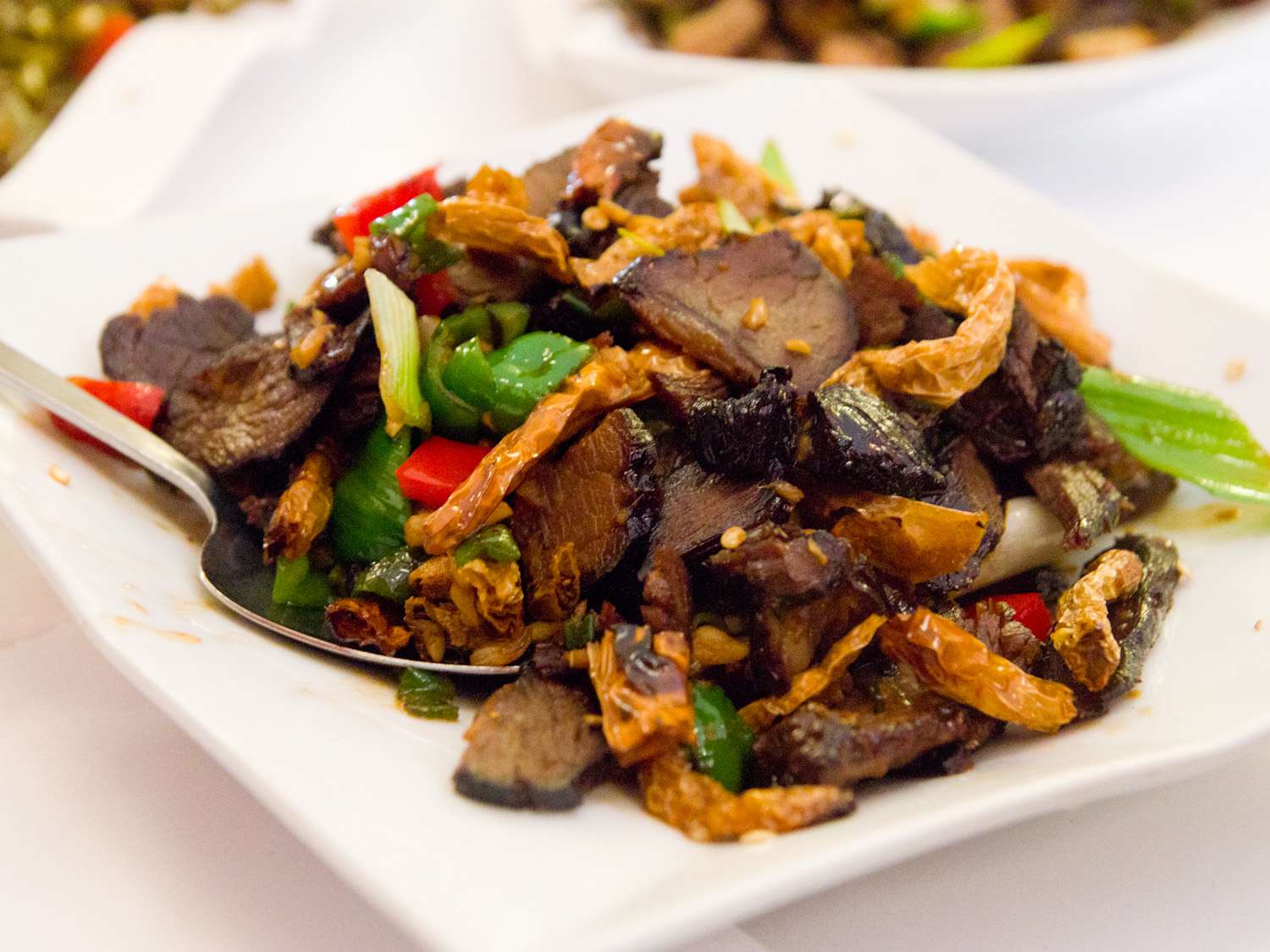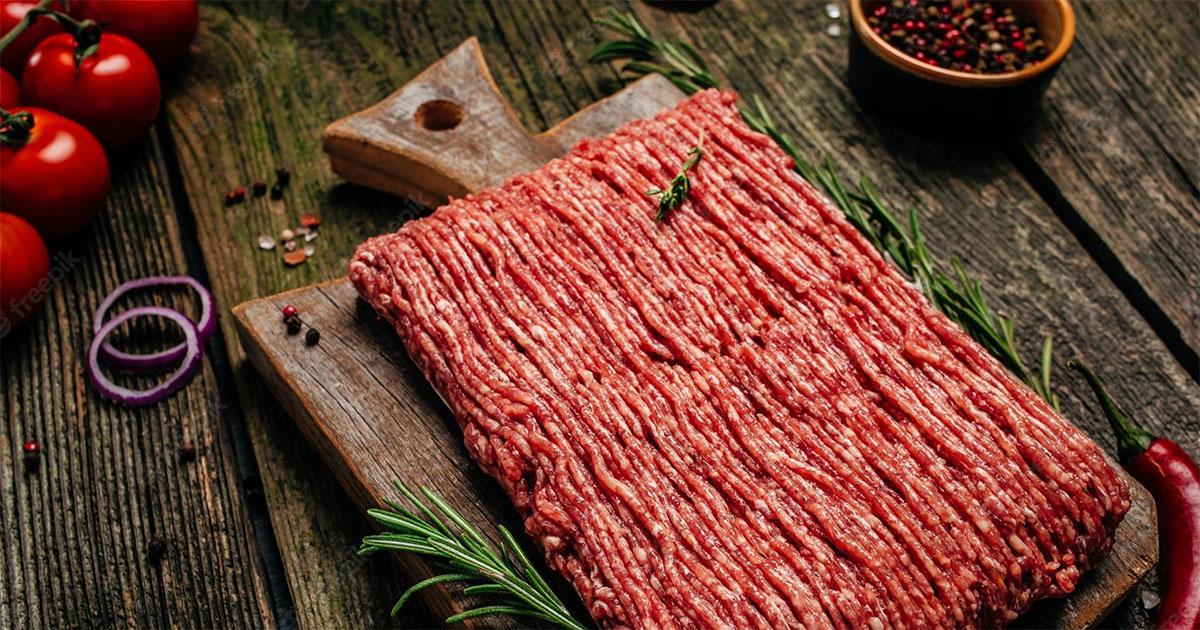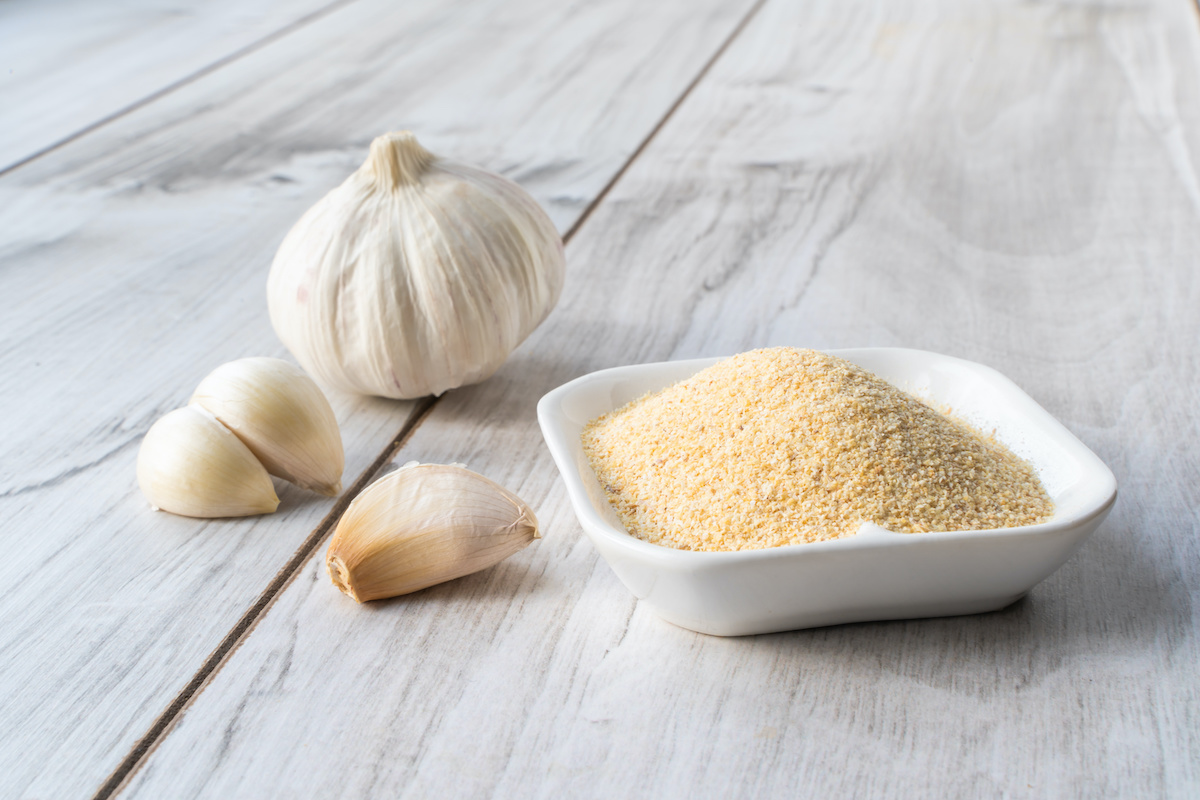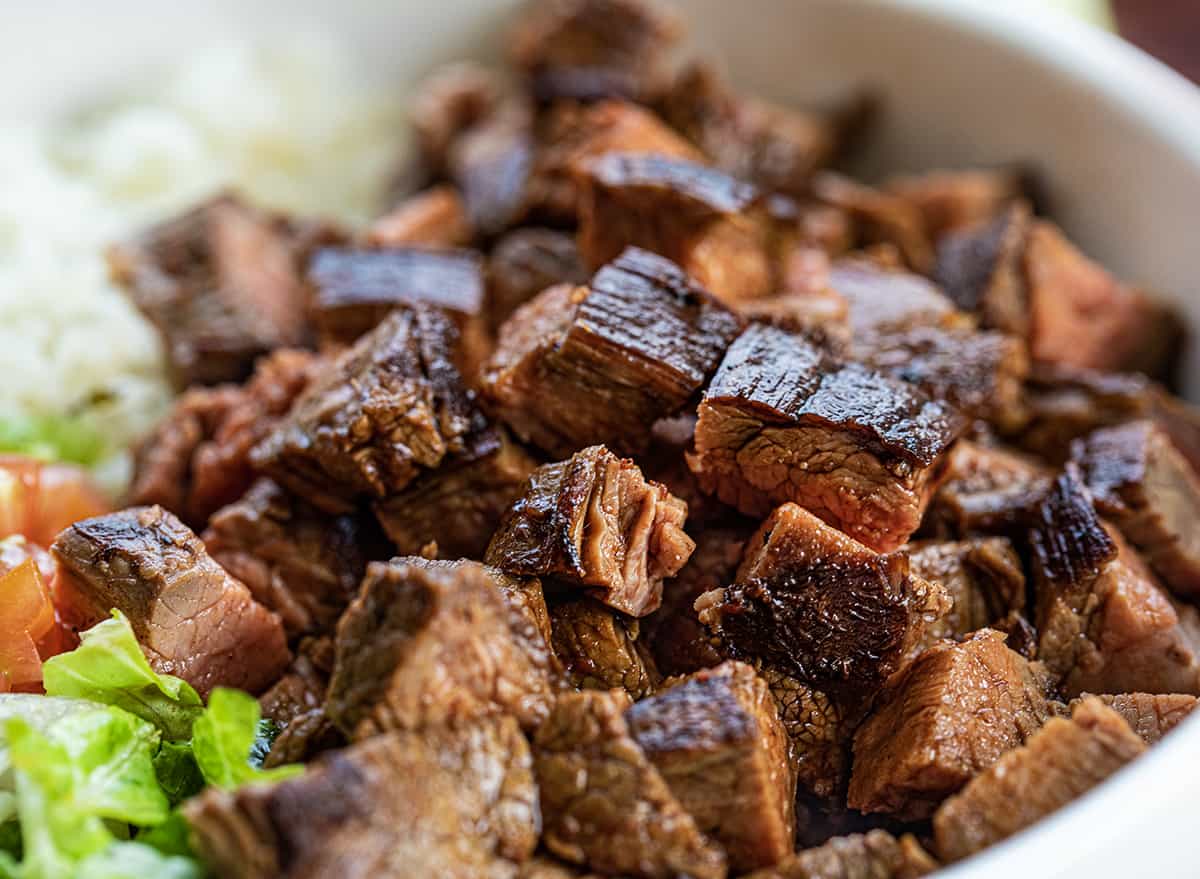When it comes to cooking and baking, understanding the difference between crème and cream is essential for creating delicious and successful dishes. While these two ingredients may sound similar, they have distinct characteristics that can significantly impact the outcome of your culinary creations. In this article, we'll explore the nuances between crème and cream, helping you to use them effectively in your recipes.
Crème
Crème, often referred to as crème fraîche or crème anglaise, is a rich and creamy dairy product that is commonly used in both sweet and savory dishes. Here are some key points to understand about crème:
- Texture: Crème has a thick and velvety texture, making it ideal for adding richness to sauces, soups, and desserts.
- Fat Content: It typically contains a higher fat content compared to regular cream, contributing to its luxurious mouthfeel and flavor.
- Culinary Uses: Crème is often used in French cuisine to add depth and creaminess to dishes such as soups, stews, and desserts.
Cream
Cream, on the other hand, is a more general term that encompasses a variety of dairy products with different fat contents and culinary applications. Here's what you need to know about cream:
- Types of Cream: There are several types of cream, including heavy cream, light cream, and whipping cream, each with varying fat percentages and uses in cooking and baking.
- Whipping Ability: Depending on the fat content, cream can be whipped to create airy, fluffy textures for toppings and fillings.
- Culinary Versatility: Cream is a versatile ingredient that can be used in a wide range of recipes, from enriching sauces to adding richness to desserts.
Key Differences
Now that we've explored the basics of crème and cream, let's highlight the key differences between the two:
- Fat Content: Crème typically has a higher fat content than most types of cream, resulting in a richer and more indulgent flavor.
- Culinary Applications: While both crème and cream can be used to add creaminess to dishes, crème is often favored for its ability to withstand high temperatures without curdling, making it suitable for cooking and simmering.
Choosing the Right Ingredient
When a recipe calls for crème or cream, it's important to select the right ingredient based on the desired outcome of the dish. Here are some tips for choosing the right option:
- For Richness and Stability: Opt for crème when you need a stable, rich base for sauces, soups, or custards.
- For Whipping and Lightness: Choose a type of cream with a lower fat content if you need it to be whipped or incorporated into a lighter dessert.
In Summary
In the world of culinary arts, understanding the nuances between crème and cream is crucial for achieving the perfect balance of flavor and texture in your dishes. Whether you're aiming for a velvety sauce or a light, airy topping, knowing when to use crème or cream can elevate your cooking and baking to new heights.
In conclusion, while crème and cream share similarities, their differences in fat content and culinary applications make them distinct ingredients with unique roles in the kitchen. By mastering the art of using crème and cream effectively, you can enhance the quality and taste of your culinary creations.
Was this page helpful?
Read Next: What Is Lemon Caper Sauce
